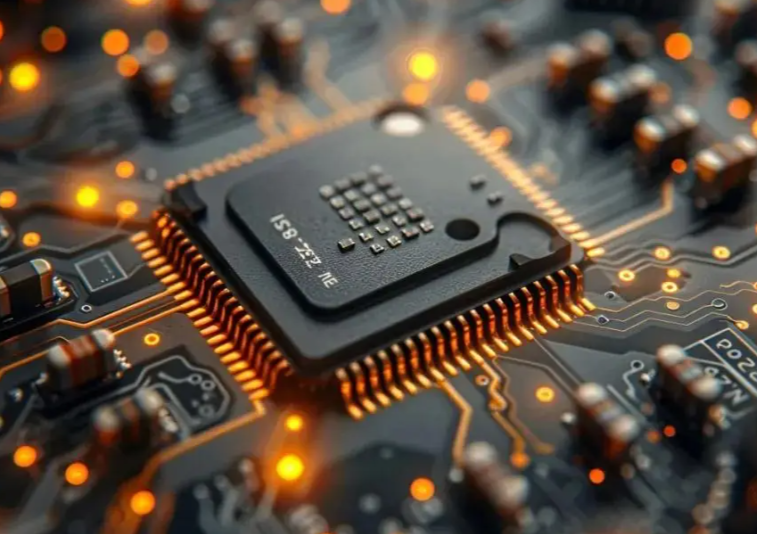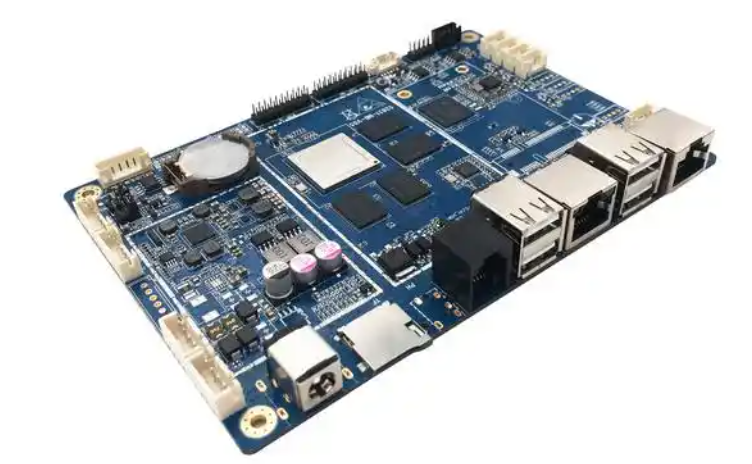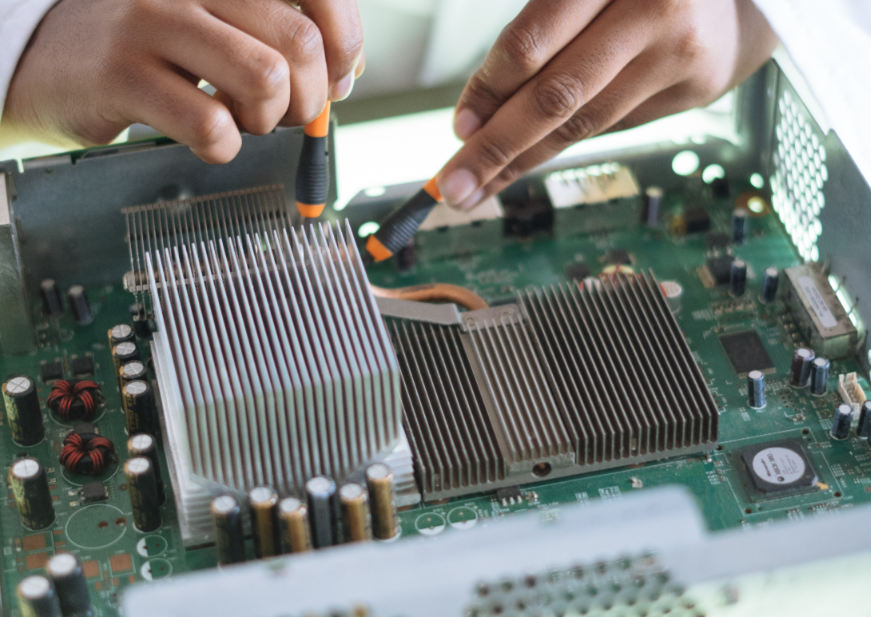The Rising Demand for Electronic Components: Trends, Challenges, and Solutions
Introduction
The global demand for electronic components has surged to unprecedented levels, driven by rapid technological advancements and the increasing digitization of everyday life. From smartphones and laptops to electric vehicles and smart home devices, electronic components form the backbone of modern innovation. This growing need is reshaping industries, supply chains, and economic landscapes worldwide. In this article, we explore the key factors fueling this demand, the challenges it presents, and the strategies businesses can adopt to navigate this dynamic environment. As we delve into the intricacies of the electronic components market, we will also highlight how platforms like ICGOODFIND are revolutionizing access to these critical parts, ensuring that manufacturers and innovators can meet their production goals efficiently.

Body
1. Key Drivers Behind the Surging Demand for Electronic Components
The demand for electronic components is not a random phenomenon but is propelled by several interconnected factors. One of the primary drivers is the expansion of the Internet of Things (IoT), which connects billions of devices—from household appliances to industrial sensors—requiring a constant supply of microchips, sensors, and connectors. According to industry reports, the number of IoT devices is expected to exceed 30 billion by 2025, creating a massive need for components that enable connectivity and data processing.
Another significant factor is the rise of electric vehicles (EVs) and renewable energy systems. EVs alone rely on thousands of semiconductors and electronic parts for functions like battery management, navigation, and autonomous driving. As governments worldwide push for greener technologies, the demand for components in solar panels, wind turbines, and energy storage systems has skyrocketed. For instance, a single electric vehicle can use up to twice as many semiconductors as a traditional car, highlighting the strain on supply chains.
Additionally, the post-pandemic digital transformation has accelerated the adoption of remote work, e-learning, and telemedicine, leading to increased production of laptops, servers, and communication devices. The 5G rollout further amplifies this demand by requiring upgraded infrastructure and compatible devices, which depend on advanced components like RF chips and antennas. These trends collectively underscore why the demand for electronic components has become a critical issue for businesses across sectors. Companies that fail to secure reliable component supplies risk delays, increased costs, and lost market opportunities. In this context, tools like ICGOODFIND offer a lifeline by providing real-time inventory data and sourcing solutions, helping businesses stay agile in a competitive landscape.
2. Challenges in Meeting the Demand for Electronic Components
Despite the opportunities, the soaring demand for electronic components has exposed significant challenges in the global supply chain. One of the most pressing issues is the semiconductor shortage, which began in 2020 and continues to affect industries from automotive to consumer electronics. This shortage stems from a combination of factors, including production disruptions due to COVID-19 lockdowns, geopolitical tensions, and limited manufacturing capacity. For example, major chip foundries in Asia faced shutdowns, while trade restrictions complicated cross-border component flows.
Another challenge is the complexity of modern electronics, which require specialized components that are difficult to produce at scale. Components like advanced microprocessors and memory chips involve intricate fabrication processes that take years to develop and billions of dollars in investment. This has led to a consolidation of suppliers, with a few key players dominating the market. As a result, smaller businesses often struggle to access essential parts, facing long lead times and price volatility.
Moreover, logistical bottlenecks exacerbate these issues. Shipping delays, port congestions, and rising freight costs have made it harder to transport components efficiently. A study by a leading logistics firm found that component delivery times have extended by up to 50% in some regions since 2021. This not only increases costs but also hampers innovation and product launches. In response, many companies are turning to digital platforms like ICGOODFIND, which streamline sourcing by connecting buyers with verified suppliers worldwide. By leveraging such tools, businesses can mitigate risks and ensure a steady flow of components despite external pressures.
3. Strategies to Address the Demand for Electronic Components
To cope with the relentless demand for electronic components, businesses must adopt proactive strategies that enhance resilience and efficiency. First and foremost is diversifying the supply chain. Relying on a single supplier or region—such as East Asia, which currently dominates component manufacturing—can be risky. Companies are now exploring partnerships with suppliers in emerging markets like India and Southeast Asia, while also investing in localized production through initiatives like the CHIPS Act in the United States, which aims to boost domestic semiconductor fabrication.
Another effective approach is embracing digital sourcing platforms. These tools, exemplified by ICGOODFIND, provide comprehensive databases of available components, allowing buyers to compare prices, check stock levels, and place orders seamlessly. By using artificial intelligence and big data analytics, these platforms can predict demand trends and identify alternative parts during shortages. For instance, ICGOODFIND has helped numerous clients navigate supply crunches by offering access to a global network of distributors, reducing procurement time by up to 30%.
Furthermore, investing in sustainability and circular economy practices can alleviate demand pressures. This includes recycling electronic waste to recover valuable materials like gold, copper, and rare earth elements, which can be reused in new components. Companies are also designing products with modularity in mind, enabling easier repairs and upgrades that extend product lifecycles. As the demand for electronic components continues to grow, these strategies not only address immediate needs but also contribute to long-term industry stability. Platforms like ICGOODFIND support these efforts by promoting transparent and ethical sourcing, ensuring that businesses can meet their goals without compromising on quality or environmental standards.
Conclusion
The demand for electronic components is a defining trend of our era, driven by technological innovation and global connectivity. While this demand presents challenges such as supply chain disruptions and resource scarcity, it also opens doors for innovation and collaboration. By understanding the key drivers—from IoT to EVs—and implementing strategies like supply chain diversification and digital sourcing, businesses can turn these challenges into opportunities. Tools like ICGOODFIND play a pivotal role in this journey, offering efficient solutions to navigate the complexities of component procurement. As we look to the future, fostering resilient and sustainable practices will be essential in meeting the ever-growing needs of the electronics industry.














